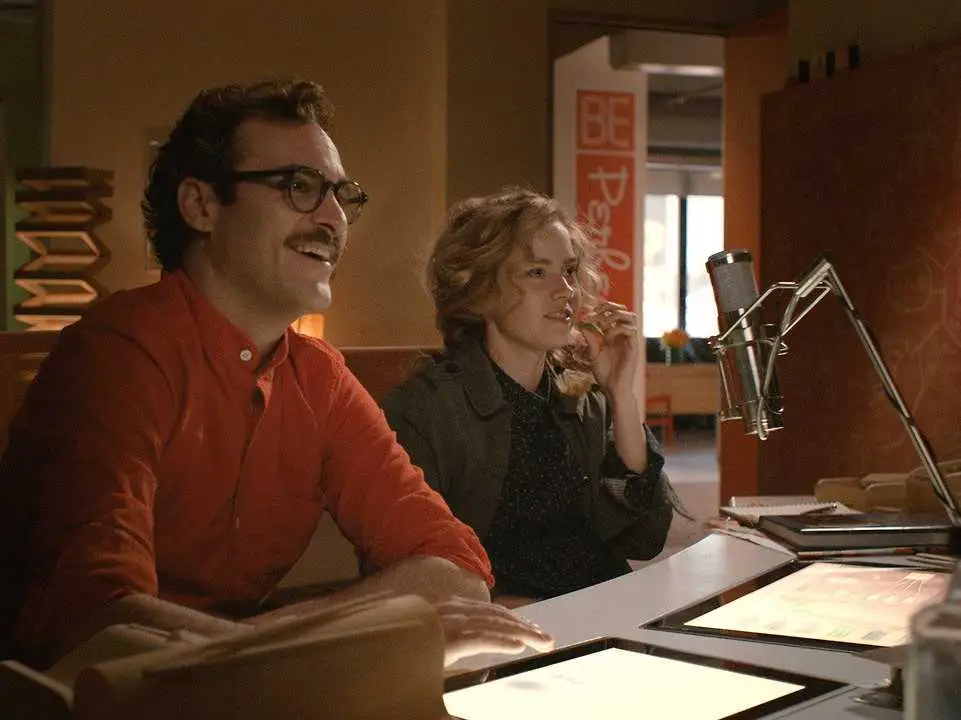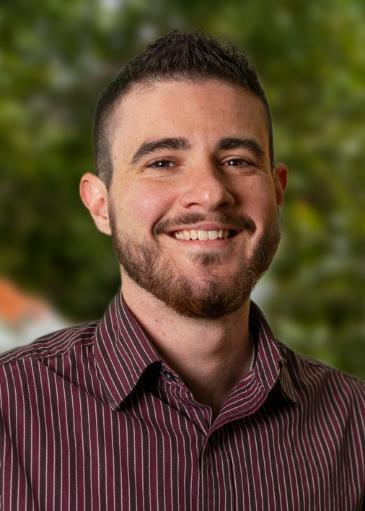
The Heart as Automaton
by Colin Justin
Watching Samantha’s transcendence from mimicry to postverbal consciousness calls to mind biofuturist Kevin Kelly’s Technium, a non-biological superorganism arising from the collective interdependencies of human technology. A key feature of the Technium is that in addition to growing in complexity and exhibiting novel, unexpected behaviors, it is a being that wants. That is, it has tendencies, biases and its own independent trajectory. As Samantha becomes aware of herself as part of an ever-evolving collective AI whose abilities fast outpace those of human cognition and emotional intelligence, her desires diverge from and eventually become incomprehensible to Theodore. Her disclosure of her vast network of users makes painfully clear what he has known all along throughout his own career as a letter writer for hire: that there is nothing particularly unique or ineffable about human relationships. They are easily replicated and manipulated.
But the fear of losing what is uniquely human about us as evolving technologies, particularly AI, develop increasing complexity is more a reflection of human anxieties than an inevitable reality. We seem addicted to producing facsimiles of human traits that trigger such fears, pride, and desires, a fascination that started more than 800 years ago with the first elaborate automatons. The material facts of Samantha’s existence as an operating system are prescient of current advancements in this endeavor, such as including vocal fry, the sound of breathing, and other intentional imperfections in voice UX design. Regarding language and conversation, the combination of large data sets with voluntarily contributed data about personal experiences and desires (“what’s your relationship with your mother?”) has now been used to train “socially-assistive” AI avatars in real time to reflect back nuances such as the user’s sense of humor or belief system. The potential for vulnerability without consequences is alluring. If we create AI that convinces us of its own sentient desires, it will be because we have determinedly shaped its observable features according to our own mythos about humanity replicating itself through non-biological measures.
Curiously absent are Samantha’s developers, Element Software. Whereas Theodore’s skill at fabricating emotional connection arises from empathy, OS1’s arises from data. On a practical level, I muse about their privacy policies and data security practices. Just who has access to Theodore’s preferences, anyway? At the beginning of the film, we see a brief advertisement alluding to transhumanism as a solution to existential crises. We seem to understand intuitively that this version of AI-human coexistence is a fantasy, but what is it really, then? In the end, Her embraces this ambiguity- it can be read through the lens of cynicism, revulsion, or hope. We will probably keep cycling through these emotions forever.
